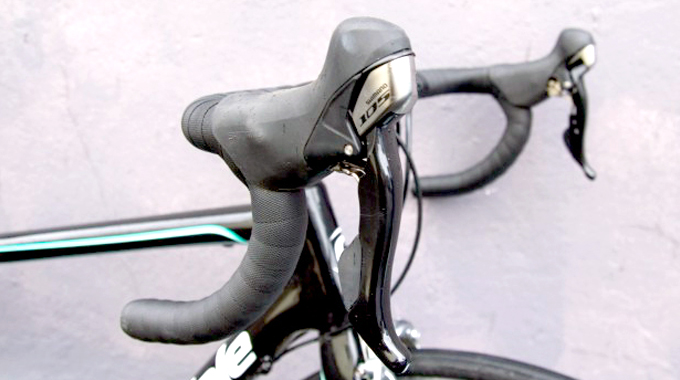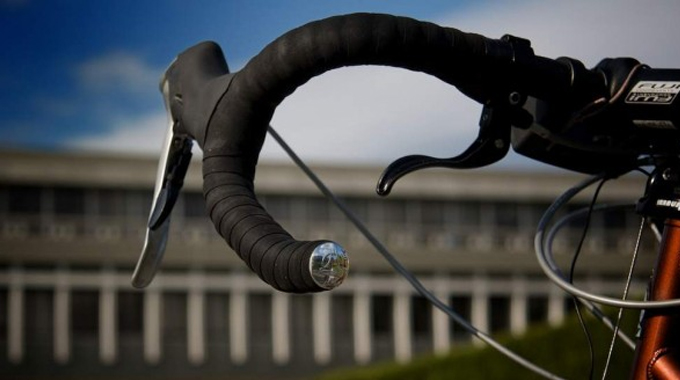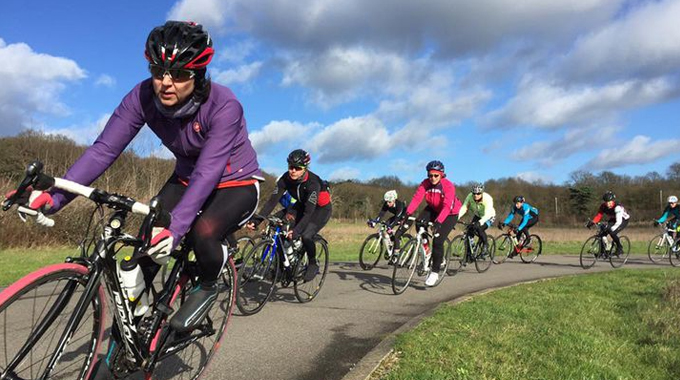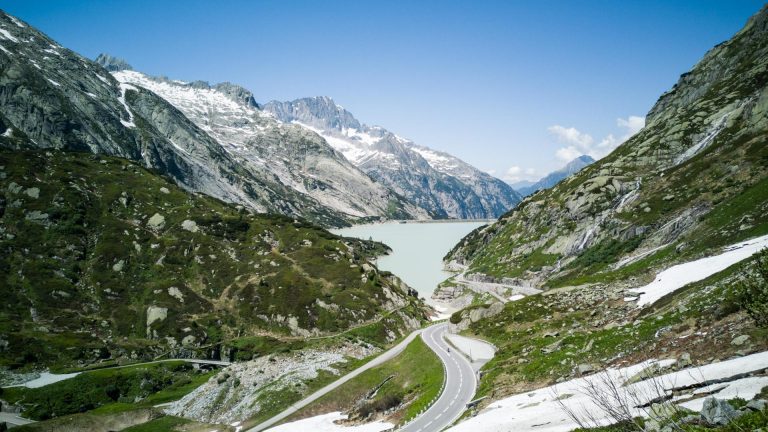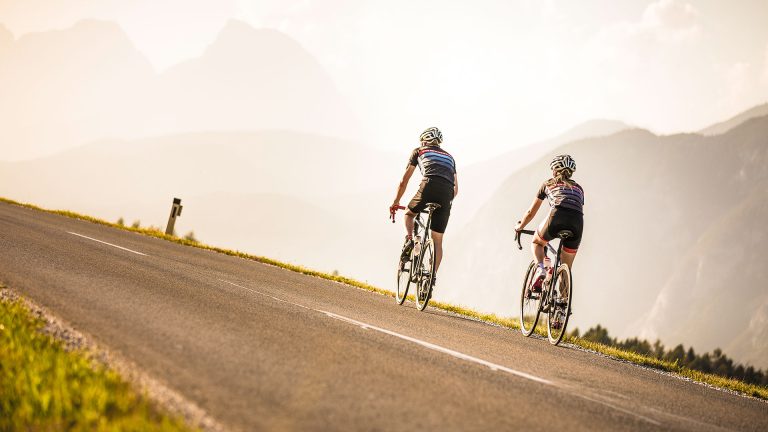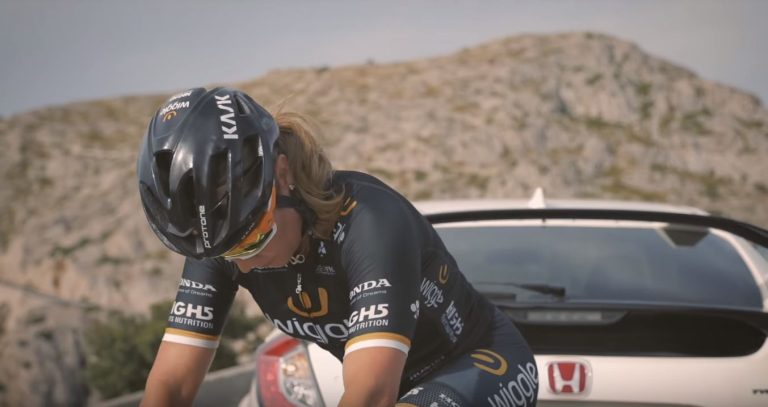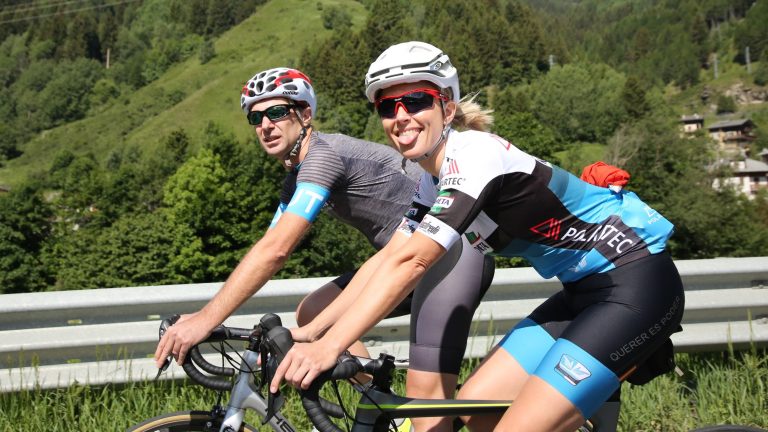You may have improved your fitness on the bike, but don’t overlook the valuable seconds you can gain from focusing on developing your bike handling skills, especially learning how to brake efficiently. Not just for racing roadies, these tips are worthwhile for anyone on two wheels.
We’ve enlisted the help of Gary Willis, former British Cycling Talent Coach and Scottish Cycling Performance Manager, on how to improve your cycling technique. Gary also owns .001, a coaching and training company offering (among other things) women’s only camps in the French Alps – so you’re in safe hands!

Words by Gary Willis
The problem with watching Olympic athletes is that they make everything look so effortless. Every small skill and detail are so well drilled and automatic that it looks easy!
So just what are the skills and techniques you can work on to help make your own cycling look “easy” this summer? There’s a few. The most important and obvious skill to learn on the bike is how to brake efficiently so that you don’t lose too much speed and you can bring yourself to a safe stop when necessary.

